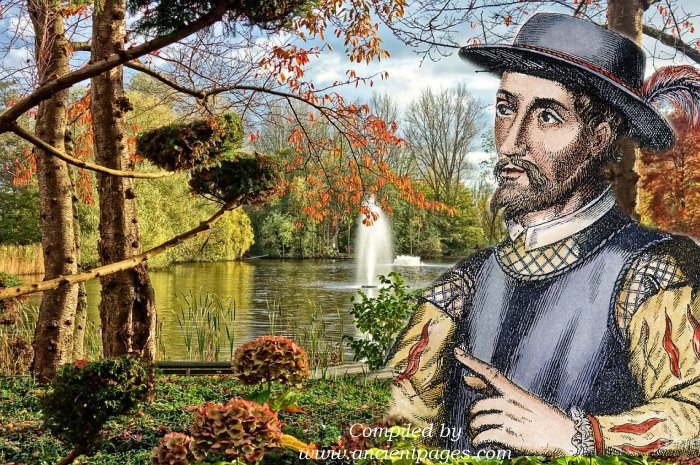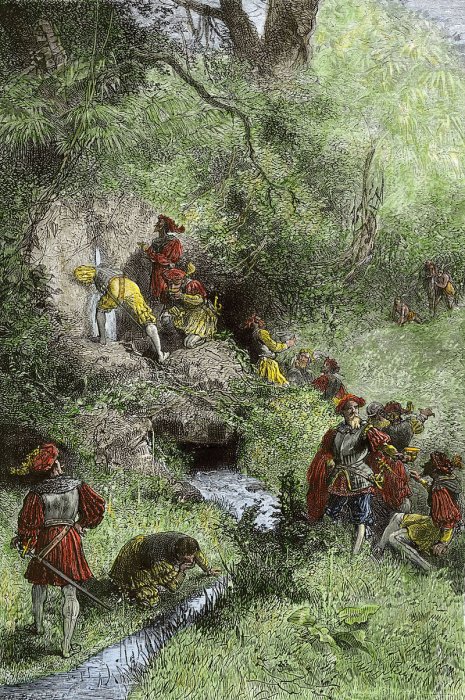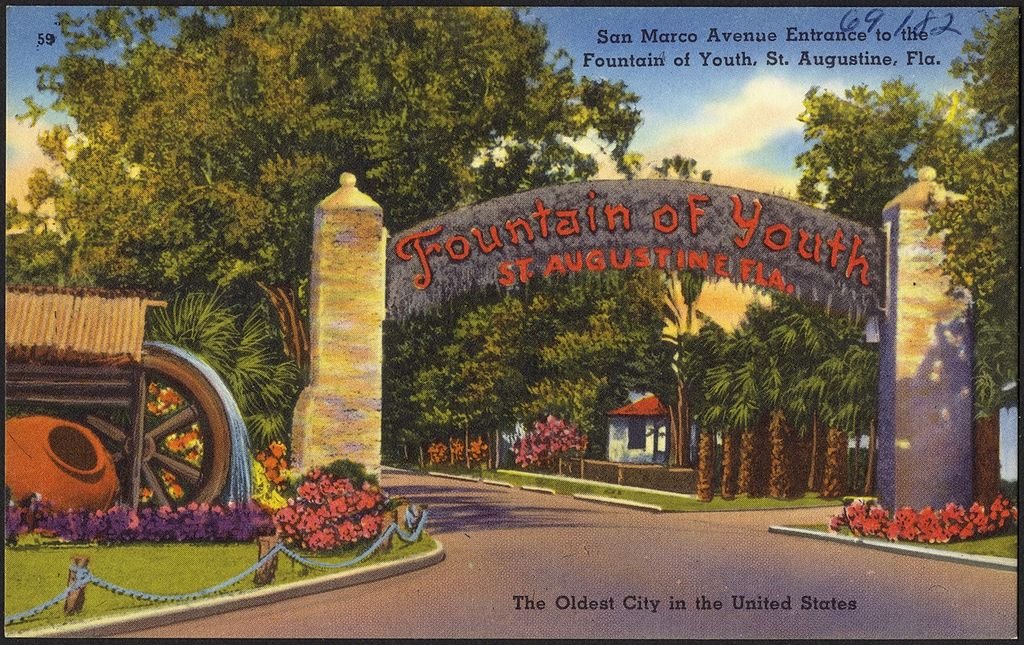Ponce De Leon’s Quest For The Fountain Of Youth In Florida
Ellen Lloyd - AncientPages.com - Ageing is a natural process, but many people have difficulties accepting they will become older and one day die. Using high-tech, modern people attempt to find a way to become immortal. Our ancestors searched for the elixir of life and the fountain of youth to stay young as long as possible.
The fountain of youth is mentioned in many ancient myths, legends, and manuscripts. People have searched for this mysterious place all over the world. Almost every ancient culture was familiar with the fountain of youth where the water of magical properties offered a person immortality but did such a place even exist?
Unfortunately, its location has been eluded by all who have written or heard about it. Frequently, the motif of the Water of Life is connected with the journey to the end of the world, a special place that belonged to gods, and from this place, every human should turn back.
Was Ponce De Leon Searching For The Fountain Of Youth
There were also those who were convinced that the fountain of youth was not beyond human reach. One of them was Ponce De Leon (1460 – 1521), a Spanish explorer and conquistador known for leading the first official European expedition to Florida and the first governor of Puerto Rico.
After having been badly injured in a battle, Ponce De Leon sailed to the north in 1512. He had heard Native American legends about a magical place where water could make a person young and healthy again. Natives were talking about a river, but de Leon thought it must be a fountain. So, he decided to travel and search not only for gold but also the fountain of youth.
Rumors about this elusive place were circulating at the time and many wrote reports about its water’s extraordinary properties. In 1513, an Italian geographer named Pietro Martire d’Anghiera, working for the Spanish royal court wrote that “Among the islands of the north side of Hispaniola, about 325 leagues distant, as said by those who have searched for it, is a continual spring of flowing water of such marvelous virtue that the water thereof being drunk, perhaps with some diet, maketh old men young again.
They have so spread this rumor for truth through all the court, that not only all the people but also many of them whom wisdom or fortune hath divided from the common sort, think it to be true.”
Ponce De Leon was thirty years, and, in those days, many men did not reach the age of 50. Naturally, he wanted to find out if the magical water everyone was talking about could make him healthy again.
19th-century German artist's impression of Juan Ponce de León and his explorers drinking from a spring in Florida while supposedly seeking the Fountain of Youth. Credit: Public Domain
“He set out with three caravels and found the coast of what he thought was an island. He named it Florida and explored some of the interiors. His account doesn’t mention finding the Fountain of Youth, but perhaps he didn’t want to give away the secret. More importantly for his superiors back in Hispaniola and Spain, he didn’t find any gold.
Ponce de León tried again in 1521, penetrating further into the interior before being driven back by Native Americans who attacked them on sight, perhaps having heard of how their island cousins had fared under Spanish rule. Disappointed, the conquistador moved to Cuba, where he died in 1521, after being shot by a native with a poisoned arrow. Clearly, he failed to find the Fountain of Youth in time,” Charles River Editors wrote in The Weird and Mysterious United States. 1
Have Historians Misunderstood Ponce de Leon's Voyage?
The quest for Florida’s fountain of youth continued for many years, but no one has managed to locate this legendary place. Perhaps because it doesn’t exist.
Ponce de León did not mention the fountain in any of his writings throughout the course of his expedition. Douglas T. Peck argues that the true purpose of Ponce de Leon’s voyage has been ignored by current historians. Peck suggests that de Leon never looked for the fountain of youth at all.
According to Peck, “The real purpose and goal of Ponce de Leon’s voyage were to attain the honor and prestige which would accrue from being the Adelantado of a wealthy new land (Beimeni) that would (and did) extend the Spanish empire, and not just gold, slaves, or a fountain of youth as asserted in nearly all past and current literature.
There is no valid indication that the Indians believed in a fountain of youth or that it was contained in their mythology. The various reports of an Indian fountain of youth legend or myth were nothing more than unfounded romantic fiction, based on the Eurasian myths of the period, and introduced artificially into the New World by historians and writers of the early sixteenth century.
The Indians could not have placed the alleged fountain of youth on an island in the Bahamas because they knew that the Lucayans (Bahamas) were not exotic lands with advanced inhabitants, but were low unproductive islands occupied by primitive natives like themselves.
Postcard from the Fountain of Youth in St. Augustine. Credit: Tichnor Brothers, Publisher, Public Domain
The current popular notion that the Indians located an alleged Indian mythical fountain of youth on Bimini in the Bahamas is historically unfounded and without merit.2
Since no original documents from Ponce de Leon's Florida expedition survived, it’s difficult to say what the Spanish explorer was really searching for.
Whatever the truth may be, one thing is certain, the Fountain of Youth Archaeological Park in St. Augustine is the site of the first Spanish settlement in the New World. The water doesn’t offer eternal youth, but the site is a great historical attraction, where visitors can learn about the first Spanish settlers who came here in the 1600s.
Written by Ellen Lloyd – AncientPages.com
Copyright © AncientPages.com All rights reserved. This material may not be published, broadcast, rewritten or redistributed in whole or part without the express written permission of AncientPages.com
Expand for references- Charles River Editors - The Weird and Mysterious United States: Mysteries, Legends, and Unexplained Phenomena across America
- Douglas T. Peck - Misconceptions and Myths Related to the Fountain of Youth and Juan Ponce de Leon’s 1513 Exploration Voyage
More From Ancient Pages
-
 Ancient Clay Tablets Reveal Mesopotamians Experienced Emotions In Their Bodies Differently Than Modern Humans
Archaeology | Dec 6, 2024
Ancient Clay Tablets Reveal Mesopotamians Experienced Emotions In Their Bodies Differently Than Modern Humans
Archaeology | Dec 6, 2024 -
 Mystery How Humans Lost Their Body Hair Solved By Scientists
Archaeology | Jan 4, 2023
Mystery How Humans Lost Their Body Hair Solved By Scientists
Archaeology | Jan 4, 2023 -
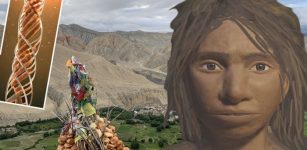 Denisovan DNA May Explain Why Tibetan Women Thrive In Low Oxygen At High Altitudes For Over 10,000 Years
DNA | Nov 18, 2024
Denisovan DNA May Explain Why Tibetan Women Thrive In Low Oxygen At High Altitudes For Over 10,000 Years
DNA | Nov 18, 2024 -
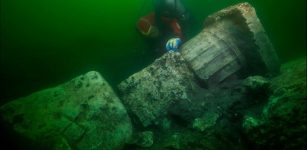 New Discoveries In Underwater Excavations Of Sunken Cities Of Canopus and Heracleion
Archaeology | Jul 29, 2019
New Discoveries In Underwater Excavations Of Sunken Cities Of Canopus and Heracleion
Archaeology | Jul 29, 2019 -
 Kava – Astonishing Ancient Plant That Improves Emotional Intelligence Is Gaining Popularity In The Western World
Featured Stories | Mar 31, 2018
Kava – Astonishing Ancient Plant That Improves Emotional Intelligence Is Gaining Popularity In The Western World
Featured Stories | Mar 31, 2018 -
 Unexplained Encounters With Invisible Barriers – Mysterious Rays And Energy Fields
Featured Stories | Jul 17, 2018
Unexplained Encounters With Invisible Barriers – Mysterious Rays And Energy Fields
Featured Stories | Jul 17, 2018 -
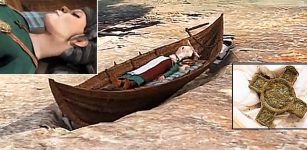 Extraordinary Viking Boat Burial Of Two People Unearthed In Central Norway
Archaeology | Nov 20, 2019
Extraordinary Viking Boat Burial Of Two People Unearthed In Central Norway
Archaeology | Nov 20, 2019 -
 On This Day In History: Sweden’s Greatest Defeat: Battle Of Kirchholm Was Fought – On Sep 27, 1605
News | Sep 27, 2016
On This Day In History: Sweden’s Greatest Defeat: Battle Of Kirchholm Was Fought – On Sep 27, 1605
News | Sep 27, 2016 -
 Kallikantzaroi: Naughty Nocturnal Goblins Emerge From Underground Only During Twelve Days Of Christmas
Ancient Traditions And Customs | Jan 3, 2025
Kallikantzaroi: Naughty Nocturnal Goblins Emerge From Underground Only During Twelve Days Of Christmas
Ancient Traditions And Customs | Jan 3, 2025 -
 Legendary Sea Monster Exists: Icelandic Government Commission Says
Featured Stories | Sep 27, 2014
Legendary Sea Monster Exists: Icelandic Government Commission Says
Featured Stories | Sep 27, 2014 -
 ‘Umeda Graves’ Dated To Edo Period Discovered At Osaka, Japan
Archaeology | Aug 21, 2020
‘Umeda Graves’ Dated To Edo Period Discovered At Osaka, Japan
Archaeology | Aug 21, 2020 -
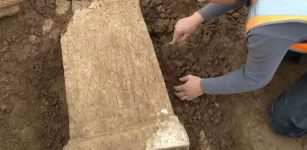 Amazing Discovery Of Ancient Roman Temple In The Netherlands Hailed As An Extraordinary Archaeological Find
Archaeology | Jun 20, 2022
Amazing Discovery Of Ancient Roman Temple In The Netherlands Hailed As An Extraordinary Archaeological Find
Archaeology | Jun 20, 2022 -
 Legendary Grianán Of Aileach Built By God Dagda Of Tuatha De Danann Was Once The Royal Seat Of The Kingdom Of Ailech
Featured Stories | May 13, 2021
Legendary Grianán Of Aileach Built By God Dagda Of Tuatha De Danann Was Once The Royal Seat Of The Kingdom Of Ailech
Featured Stories | May 13, 2021 -
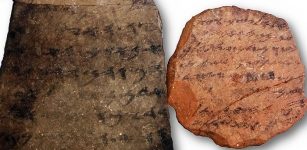 Widespread Literacy In Biblical-Period Kingdom Of Judah – Study Confirms
Archaeology | Sep 11, 2020
Widespread Literacy In Biblical-Period Kingdom Of Judah – Study Confirms
Archaeology | Sep 11, 2020 -
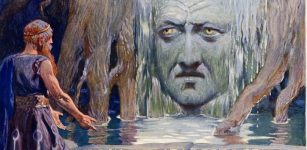 Well Of Urd (Urdarbrunn): Abode Of Fate Goddesses And Powerful Symbol In Norse Beliefs
Featured Stories | Dec 17, 2022
Well Of Urd (Urdarbrunn): Abode Of Fate Goddesses And Powerful Symbol In Norse Beliefs
Featured Stories | Dec 17, 2022 -
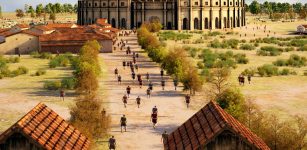 New Discoveries Regarding Gladiatorial Games In Roman City Of Carnuntum
Archaeology | Apr 7, 2017
New Discoveries Regarding Gladiatorial Games In Roman City Of Carnuntum
Archaeology | Apr 7, 2017 -
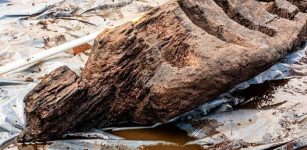 Rare 1,600-Year-Old Wooden Pagan Idol Discovered In Ireland
Archaeology | Aug 16, 2021
Rare 1,600-Year-Old Wooden Pagan Idol Discovered In Ireland
Archaeology | Aug 16, 2021 -
 Common Ancestor Of Neanderthals And Humans That Lived 700,000 Years Ago Holds Clues To A DNA Mystery
Archaeology | Feb 22, 2023
Common Ancestor Of Neanderthals And Humans That Lived 700,000 Years Ago Holds Clues To A DNA Mystery
Archaeology | Feb 22, 2023 -
 Children Of Lir And Aoife’s Curse – Celtic Legend That Inspired The Swan Lake Ballet
Myths & Legends | Feb 8, 2024
Children Of Lir And Aoife’s Curse – Celtic Legend That Inspired The Swan Lake Ballet
Myths & Legends | Feb 8, 2024 -
 The Untold Story Of Mexico’s Ancient Giant Indians – Cunning Plan And The Evil Nation – Part 2
Ancient Mysteries | Sep 23, 2019
The Untold Story Of Mexico’s Ancient Giant Indians – Cunning Plan And The Evil Nation – Part 2
Ancient Mysteries | Sep 23, 2019

